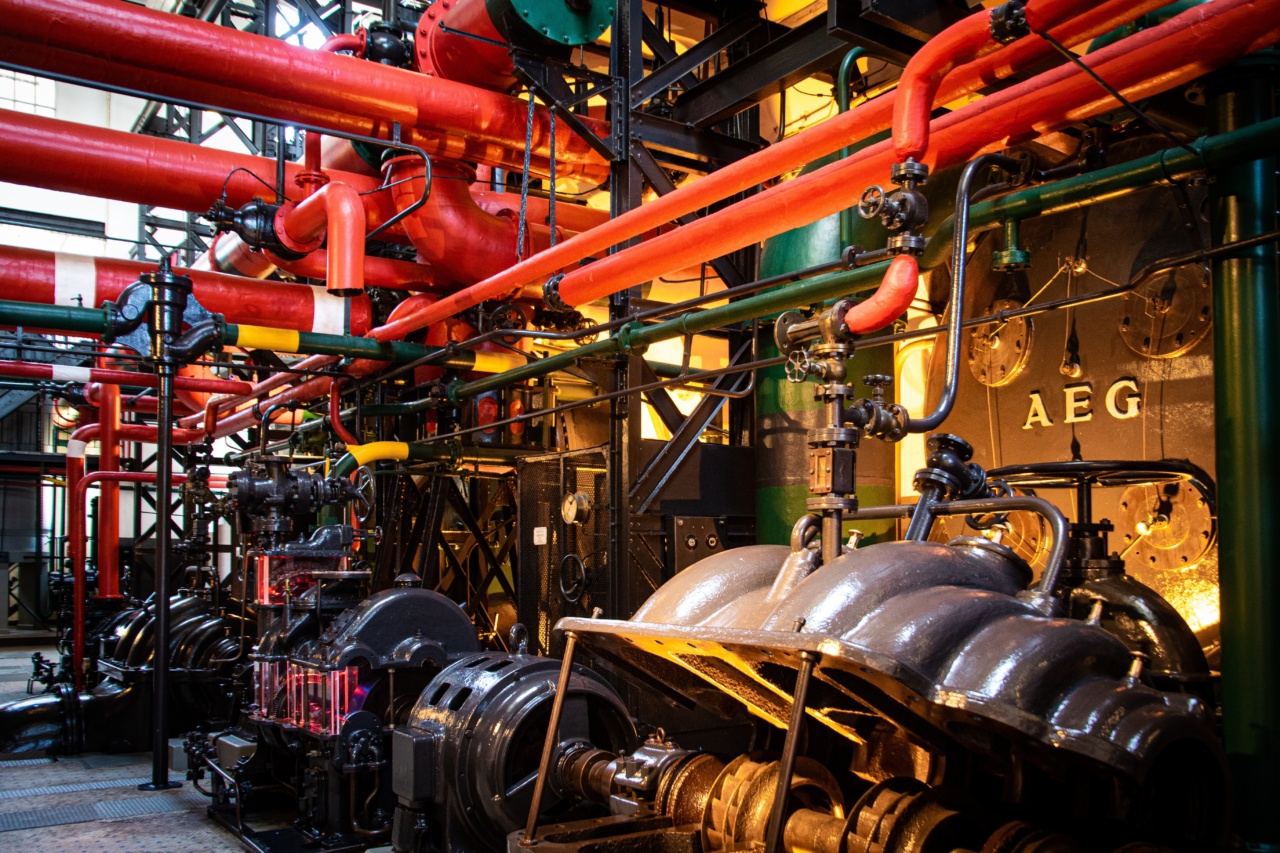Aortic valve stenosis is a condition where the aortic valve in the heart becomes narrowed and stiff. This leads to a reduced flow of blood from the heart to the rest of the body, leading to various complications.
In this article, we will discuss these complications in detail and understand the risks associated with them.
Complications of Aortic Valve Stenosis
Heart Failure
One of the major complications of aortic valve stenosis is heart failure. This happens when the heart is unable to pump enough blood to meet the body’s demand, leading to a buildup of fluid in the lungs and other parts of the body.
Symptoms of heart failure include shortness of breath, fatigue, and swollen limbs.
Chest Pain and Angina
Aortic valve stenosis can also lead to chest pain and angina. This happens when the heart is not receiving enough oxygen-rich blood due to reduced blood flow from the narrowed valve.
Symptoms of chest pain include tightness, pressure, and discomfort in the chest, and can also radiate to the arms, neck, and back.
Fainting and Dizziness
Due to reduced blood flow from the narrowed valve, aortic valve stenosis can also lead to fainting and dizziness. This can happen due to a sudden drop in blood pressure when standing up or changing position.
Fainting can also lead to injuries from falls, making it important to address this complication as soon as possible.
Blood Clots and Stroke
In severe cases of aortic valve stenosis, blood clots can form inside the heart. These clots can travel to other parts of the body, including the brain, causing a stroke.
Symptoms of stroke include sudden weakness or numbness on one side of the body, difficulty speaking, and loss of coordination.
Arrhythmia
Aortic valve stenosis can also lead to an irregular heartbeat or arrhythmia. This happens due to changes in the heart’s electrical signals caused by the narrowed valve.
Symptoms of arrhythmia include palpitations, chest discomfort, and shortness of breath.
Cardiac Arrest
In rare cases, aortic valve stenosis can lead to cardiac arrest or sudden cardiac death. This happens when the electrical signals in the heart become so disrupted that the heartbeat stops completely.
Symptoms of cardiac arrest include loss of consciousness, sudden collapse, and no pulse.
Treatment for Aortic Valve Stenosis
Treatment for aortic valve stenosis depends on the severity of the condition and the associated complications. Mild cases may not require any treatment, while severe cases may require surgery to replace the narrowed valve.
In some cases, medication may be prescribed to manage symptoms and prevent further complications.
Conclusion
Aortic valve stenosis can lead to various complications, ranging from chest pain to cardiac arrest. It is important to understand these risks and seek medical attention as soon as possible if you experience any symptoms.
With proper treatment and management, however, most people with aortic valve stenosis can lead a healthy and active life.



























